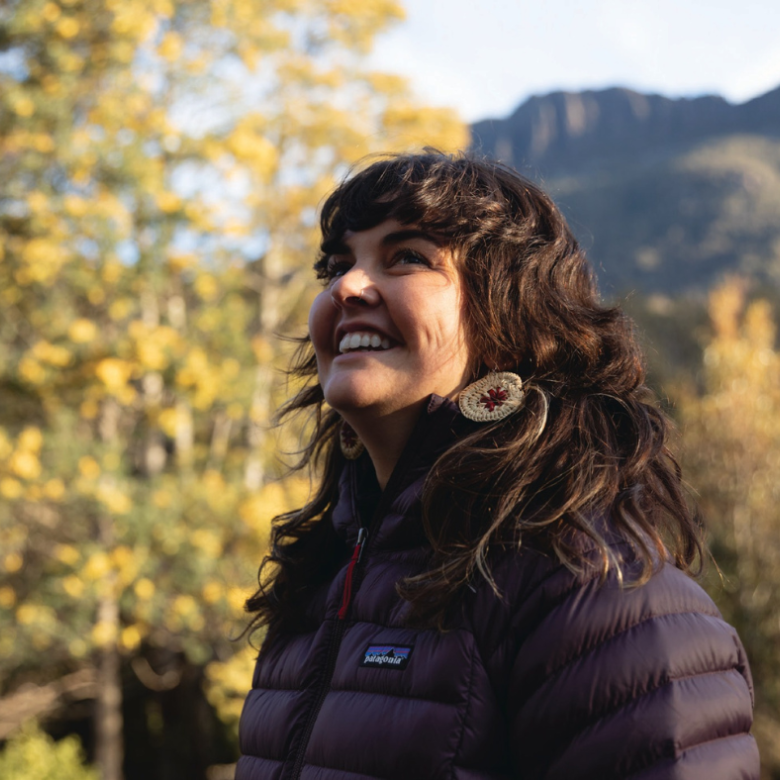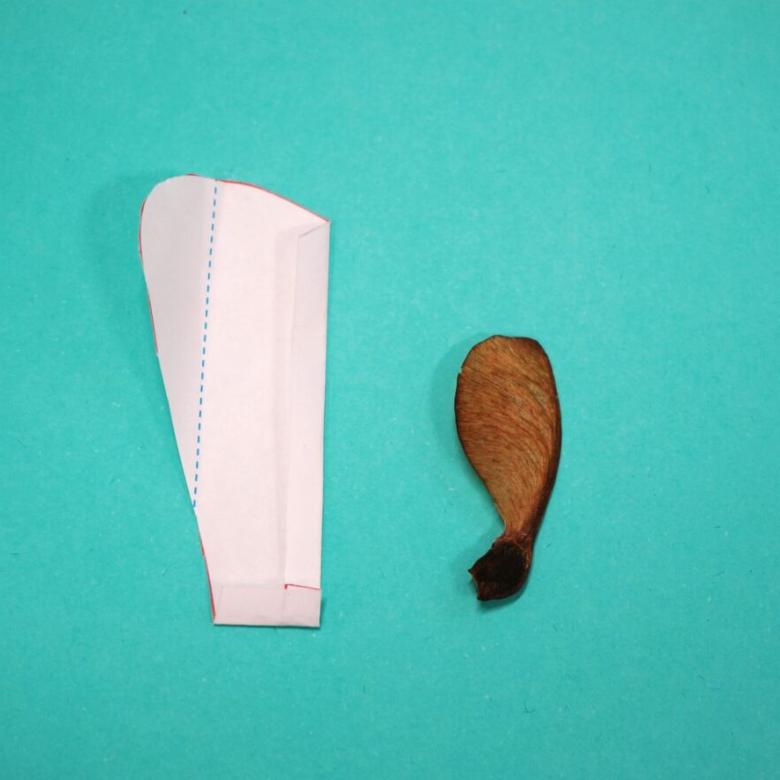You’ll need
- Water
- Dishwashing detergent
- Glycerine (from supermarkets or pharmacies)
- A wide container, big enough to contain your bubble mixture and dip your bubble wands (make sure it has a tight-fitting lid for storage)
- Wire coathangers or plastic-coated wire, such as garden tie wire
- Patience! This experiment works better if you can leave it overnight
What to do
- Gather your materials on a flat surface.
- Pour equal parts of water, detergent and glycerine into the container. The amount of ingredients you use depends on how much bubble mix you want to make! To make a small amount of bubble mix, make 1 part equal to 1 tablespoon. For a large amount, make 1 part equal to one-quarter of a cup. (So 1 tablespoon of each, or one-quarter of a cup of each.)
- Stir the mixture slowly until it is well mixed. Don’t shake it!
- Let the bubble mixture sit for as long as you can before using it. At least 1 hour is good but overnight is better. The longer you leave it, the better it will work.
- Make your bubble wands by bending one end of the coathangers or wire into a variety of shapes such as circles, stars, triangles and squares. Gently dip the shaped end of a bubble wand into the bubble mix. Remove it and let any excess bubble mix drip into the container. Then move the wand slowly through the air to make beautiful bubbles!
Questions to ask
How long did your bubbles last before they popped?
Try misting the air with water in a spray bottle before making your bubbles. Do they last longer?
How many colours can you see in the bubbles?
What is the smallest bubble you can make?
What is the biggest?
What's happening
The beauty of bubbles is all to do with their physical properties: they reflect all the colours of the rainbow, they are spherical in shape and they are light enough to float in the air.
When you make a bubble, you stretch the bubble mix around a volume of air. The bubble mix forms a thin film that is stretchy and flexible (or elastic). The thin film traps the air inside the bubble and forms a sphere.
Spheres have the smallest surface area for a given volume. It takes energy to stretch the bubble mix into a thin film. Having the smallest possible surface area means that the film does the smallest amount of stretching, which means it requires the smallest amount of energy.
The air inside the bubble is pushing out against the thin film in all directions and the thin film is pushing in on the air because the thin film is elastic. This makes the bubble lovely and smooth and almost as light as air.
The reason bubbles are so colourful is because of the way the light is reflected from the thin film. If you are looking at a bubble under white light, like sunlight, some of the white light is reflected off the outside of the film and some bounces off the inside of the film. The reflected light from the outside and inside of the film bounce into each other, causing the white light to break into separate colours. These are the rainbow swirls you see on the bubble film!
The colours that you see depends on the thickness of the film and the angle of the light being reflected. The colours move because the bubbles are constantly moving, changing the angle from which we see the reflected light.
(Sound of bubbles popping)
Rachel: Hi everyone, my name’s Rachel and I work with the Questacon Science Squad.
Today we’re going to show you how to make beautiful bubbles and how to make a bubble wand.
(Camera pans down to coat hanger and container of bubbles)
You need either a piece of wire or an old coat hanger
Straighten out the coat hanger and shape it into any shaped bubble wand you like. Today I’ve made a square shaped bubble wand.
(Rachel picks up the wand)
Dip it into your bubble mix, stand back and make some beautiful bubbles.
(Rachel dips wand into mix and attempts to make bubbles)
Woops! Oops! Do it again. Oh look at that one. Pop.
(Rachel pokes bubble)
And, one more. There.
(Rachel gasps).
Now you have your bubble wand, you can learn to make our awesome bubble mix by visiting the Questacon Science Squad website. See you next time.






